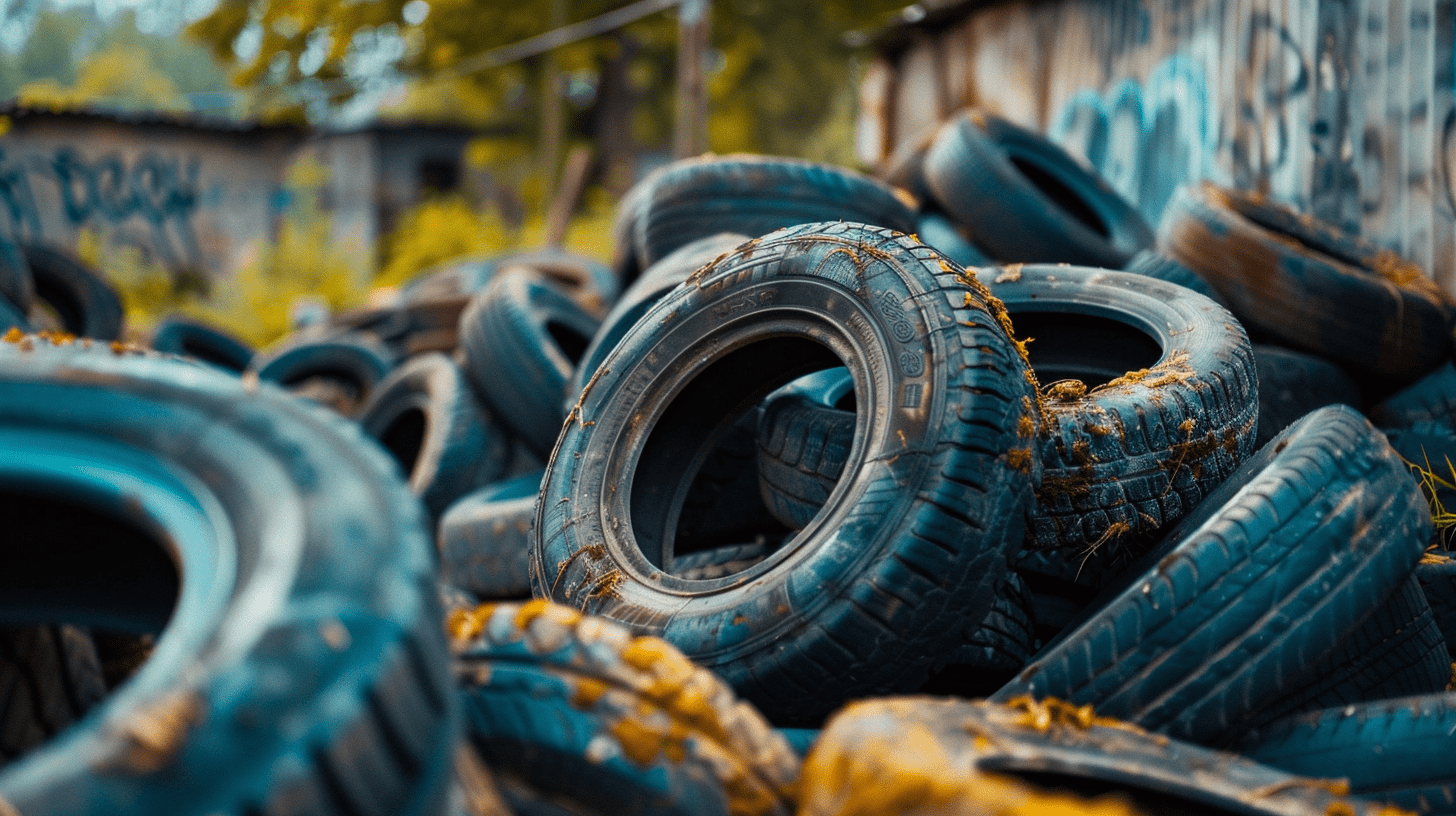The Circular Economy
Learn what the circular economy is, how it reshapes our approach to consumption and waste, and the environmental benefits it offers.

Comparing Circular and Linear Systems
The circular and linear economies differ in structure, flow, and outcome. In a linear system, resources flow in one direction, ending in disposal. In a circular system, materials are continually cycled through reuse, repair, and recycling.
Circular systems emphasize long-term value, while linear systems often prioritize short-term efficiency. Products in a circular economy are designed for disassembly and repair, making it easier to extract materials and reintroduce them into production. In contrast, linear products are often designed for convenience, with little consideration for end-of-life options.
By comparing the lifecycle of a smartphone in each system, the differences become clear. A linear phone might be discarded after a few years, while a circular phone is modular, allowing batteries and screens to be replaced. This reduces the need for new raw materials and lessens environmental impact.